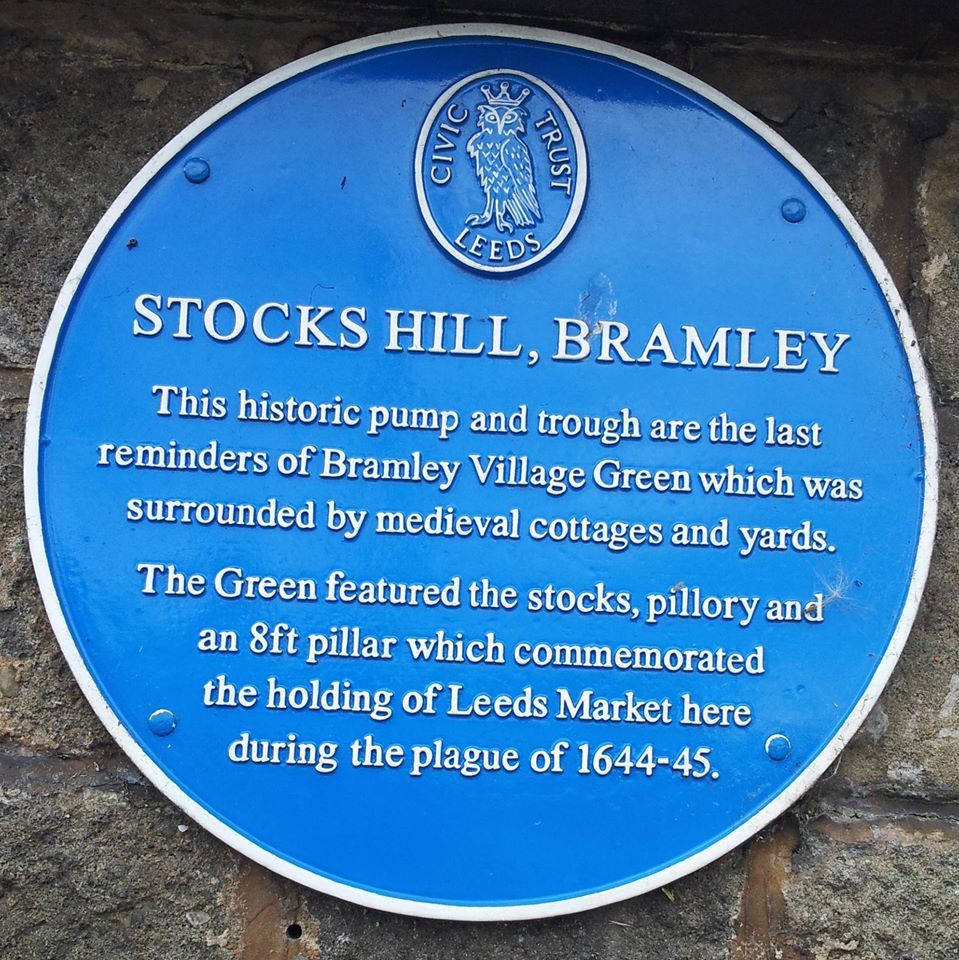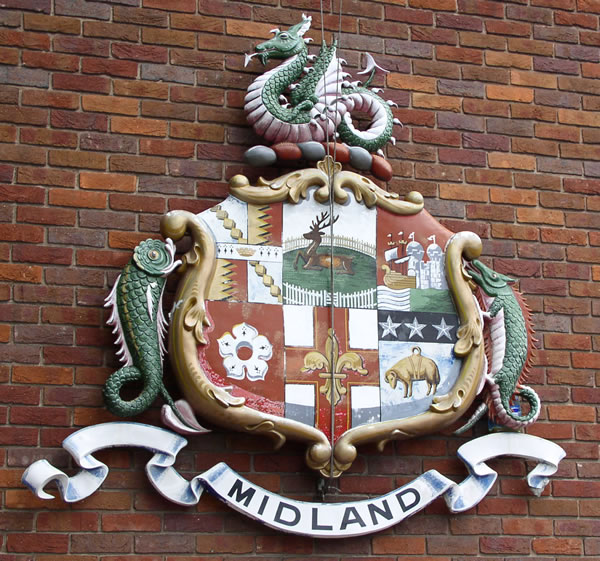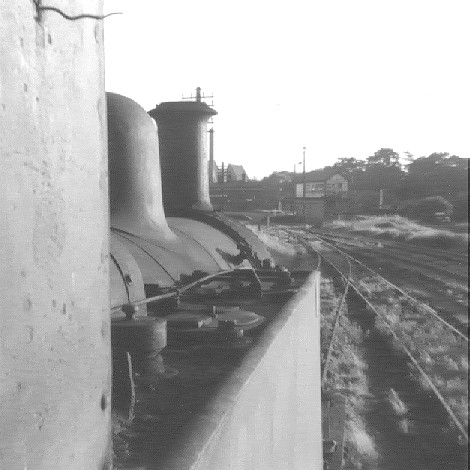|
Samuel Waite Johnson
Samuel Waite Johnson (14 October 1831 – 14 January 1912) was an English railway engineer, and was Chief Mechanical Engineer (CME) of the Midland Railway from 1873 to 1903. He was born in Bramley, Yorkshire and educated at Leeds Grammar School. Career Johnson learned to become an engineer at the locomotive builders E.B.Wilson and Company. In 1859 Johnson became Acting Locomotive Superintendent at the Manchester, Sheffield and Lincolnshire Railway. In 1864 he was appointed Locomotive Superintendent of the Edinburgh and Glasgow Railway. In 1866, after only two years in Scotland he replaced Robert Sinclair of the Great Eastern Railway (GER) at Stratford Works. There he stayed for seven years until moving to the Midland Railway (MR) at Derby, where he stayed until his retirement in 1904. At the time of appointment to the Midland Railway on 1 July 1873, he was paid a salary of £2,000 per year (), rising to £3,500 in 1896 () where it remained until his retirement on 31 ... [...More Info...] [...Related Items...] OR: [Wikipedia] [Google] [Baidu] |
Bramley, West Yorkshire
Bramley is a district in west Leeds, West Yorkshire, England. It is part of the City of Leeds Ward of Bramley and Stanningley with a population of 21,334 at the 2011 Census. The area is an old industrial area with much 19th century architecture and 20th century council housing in the east and private suburban housing in the west. Etymology The name of Bramley is first attested in the 1086 Domesday Book as ''Brameleia'' and ''Bramelei''. The name derives from the Old English words ''brōm'' ('broom') and ''lēah'' ('open land in a wood'). Thus the name once meant 'open land characterised by broom'. History At the time of the Domesday survey, the nucleus of the settlement was probably located at Stocks Hill, and it developed in a linear fashion along today's Town Street. The surviving water pump and stone water trough on Stocks Hill remain from Bramley's medieval past. The accompanying blue plaque states "Stocks Hill, Bramley. This historic pump and trough are the l ... [...More Info...] [...Related Items...] OR: [Wikipedia] [Google] [Baidu] |
Locomotives Of The Midland Railway
The Locomotives of the Midland Railway (which it always referred to as engines), followed its small engine policy. The policy was later adopted by the London, Midland and Scottish Railway, and contrasted with the London and North Western Railway's policy. The small engine policy was partly the consequence of a difference in the background of senior managers. In most railway companies, the elite position was the design, construction and maintenance of locomotives. Bigger engines brought more prestige and allowed longer trains. In the Midland, the marketing department was paramount. They recognised that people wanted more frequent, shorter trains rather than an infrequent service. It concentrated on very light, very fast and frequent trains. Overview The small engine policy was, perhaps, carried on too long, giving rise to the derisive poem: ''M is for Midland with engines galore'' ''Two on each train and asking for more'' Prior to around 1900 the Midland's locomotives were not ... [...More Info...] [...Related Items...] OR: [Wikipedia] [Google] [Baidu] |
Midland Railway 2511 Class
The Midland Railway 2511 Class was a class of 2-6-0 steam locomotives built by the Schenectady Locomotive Works in the United States, as a supplemental order to the 2501 Class built by Baldwin Baldwin is a Germanic name, composed of the elements ''bald'' "bold" and ''win'' "friend". People * Baldwin (name) Places Canada * Baldwin, York Regional Municipality, Ontario * Baldwin, Ontario, in Sudbury District * Baldwin's Mills, Qu ... that same year. As with that class, the Midland had turned to American locomotive builders, as their own Derby Works had reached capacity, and was unable to produce additional engines at the time, and many British locomotive builders were recovering from an 1897-1898 labor dispute over working hours. History The engines were designed and built with more consideration to British practice than the 2501 class had been. While the engines retained some distinct features of American practice, such as the use of bar frames, they had cleaner lines, ... [...More Info...] [...Related Items...] OR: [Wikipedia] [Google] [Baidu] |
Baldwin Locomotive Works
The Baldwin Locomotive Works (BLW) was an American manufacturer of railroad locomotives from 1825 to 1951. Originally located in Philadelphia, it moved to nearby Eddystone, Pennsylvania, in the early 20th century. The company was for decades the world's largest producer of steam locomotives, but struggled to compete as demand switched to diesel locomotives. Baldwin produced the last of its 70,000-plus locomotives in 1951, before merging with the Lima-Hamilton Corporation on September 11, 1951, to form the Baldwin-Lima-Hamilton Corporation. The company has no relation to the E.M. Baldwin and Sons of New South Wales, Australia, a builder of small diesel locomotives for sugar cane railroads. History: 19th century Beginning The Baldwin Locomotive Works had a humble beginning. Matthias W. Baldwin, the founder, was a jeweler and whitesmith, who, in 1825, formed a partnership with machinist David H. Mason, and engaged in the manufacture of bookbinders' tools and cylinders fo ... [...More Info...] [...Related Items...] OR: [Wikipedia] [Google] [Baidu] |
Midland Railway 2501 Class
The Midland Railway 2501 Class was a class of 2-6-0 steam locomotives built in the United States in 1899. The Midland's own Derby Works had reached their capacity, and were unable to produce additional engines at the time, and many British locomotive builders were recovering from a labor dispute over working hours, thus the railway placed an order with the Baldwin Locomotive Works for 30 engines. The engines were shipped disassembled as kits of parts, and re-assembled at Derby. Baldwin constructed similar 2-6-0's for the Great Central Railway and Great Northern Railway around the same time. Appearance The engines were designed with little or no consideration to British practice, having several distinct characteristics of American practice, such as the use of bar frames, sand carried in a second dome on top of the boiler, and eight-wheel bogie tenders. A further 10 engines were ordered from the Schenectady Locomotive Works The Schenectady Locomotive Works built railroad loc ... [...More Info...] [...Related Items...] OR: [Wikipedia] [Google] [Baidu] |
Midland Railway Johnson 0-6-0
The Midland Railway Johnson 0-6-0 were a class of locomotives serving Britain's Midland Railway system in the late 19th and early 20th centuries. Between 1875 and 1908 the Midland Railway, under the control of locomotive superintendents Samuel Waite Johnson and Richard Deeley, ordered 935 goods tender engines of 0-6-0 type, both from the railway's own shops at Derby and various external suppliers. Although there were many (mostly small) variations between different batches both as delivered and as successively rebuilt, all 935 can be regarded as a single series, one of the largest classes of engine on Britain's railways. The locomotives served as late as 1964, but none of them now survive. Builders They were built at the following plants: Boilers The H and H1 boilers fitted to the "2736" and "3815" classes were larger, having a diameter of 4 ft 8 in rather than 4 ft 1 in, and a longer firebox, which made the engines more powerful. While these were being built the ... [...More Info...] [...Related Items...] OR: [Wikipedia] [Google] [Baidu] |
Midland Railway 2441 Class
The Midland Railway (MR) 2441 Class was a class of steam locomotive. Introduced by Samuel Johnson in 1899, originally with round-topped fireboxes. Henry Fowler later rebuilt them with Belpaire fireboxes. They were given the power classification 3F. The LMS Fowler Class 3F of 1924 was based on this design. Numbering Sixty locomotives were built. Initially numbered 2441–2460, 2741–2780; they were renumbered 1900–1959 in the Midland Railway's 1907 renumbering scheme. All passed to the London, Midland and Scottish Railway, initially retaining their MR numbers, before being renumbered 7200–7259 between 1934 and 1937. All passed into British Railways ownership in 1948 and were numbered 47200–47259. Withdrawal Withdrawals started in 1954, with three locomotives still in service on 1 January 1966. All were scrap Scrap consists of recyclable materials, usually metals, left over from product manufacturing and consumption, such as parts of vehicles, building supplie ... [...More Info...] [...Related Items...] OR: [Wikipedia] [Google] [Baidu] |
Midland Railway 2228 Class
The Midland Railway 2228 Class was a class of 0-4-4T side tank steam locomotive designed by Samuel Johnson. They were given the power classification 1P. Overview They were a follow-on to the 1823 class of 1889–1893, and were the Midland's last order of 0-4-4T locomotive, though the LMS did build some class 2 0-4-4Ts in 1932/3. A total of fifty were built: two batches of twenty from Dübs and Company of Glasgow, were separated by an order of 10 from Derby Works. All were in service at the 1907 renumbering, and all passed to the London, Midland and Scottish Railway at the 1923 Grouping. Withdrawals started in 1930, and twenty locomotives were still in LMS stock at the end of 1947, to be inherited by British Railways British Railways (BR), which from 1965 traded as British Rail, was a state-owned company that operated most of the overground rail transport in Great Britain from 1948 to 1997. It was formed from the nationalisation of the Big Four British rai .... ... [...More Info...] [...Related Items...] OR: [Wikipedia] [Google] [Baidu] |
Midland Railway 1738 Class
Midland may refer to: Places Australia * Midland, Western Australia Canada * Midland, Albert County, New Brunswick * Midland, Kings County, New Brunswick * Midland, Newfoundland and Labrador * Midland, Ontario India * Midland Ward, Kohima, Nagaland Ireland * Midland Region, Ireland United States * Midland, Arkansas * Midland, California * Midoil, California, formerly Midland * Midland, Georgia * Midland, Indiana * Midland, Kentucky * Midland, Louisiana * Midland, Maryland * Midland, Michigan * Midland, Missouri * Midland, North Carolina * Midlands of South Carolina * Midland, Ohio * Midland, Oregon * Midland, Pennsylvania * Midland, South Dakota * Midland, Tennessee * Midland, Texas * Midland, Virginia * Midland, Washington * Midland City, Alabama Railways * Buenos Aires Midland Railway, a former British-owned railway company in Argentina * Colorado Midland Railway, US * Florida Midland Railroad (other), US * Midland Railroad (Massachusetts), US * Midland Railwa ... [...More Info...] [...Related Items...] OR: [Wikipedia] [Google] [Baidu] |
Midland Railway 1377 Class
The Midland Railway 1377 Class was a class of 185 0-6-0T tank locomotives. They were introduced in 1878 by Samuel W. Johnson, and were almost identical to the 1102 class of 1874; the latter having fully enclosed cabs, while the 1377 class were built without a rear to the cab and only a short cab roof, hence their nickname "half-cabs". They were given the power classification 1F. Construction history Up to 1891, 185 were built: 165 by Derby Works and the last 20 by the Vulcan Foundry. Originally they were built with type A boilers with round-topped fireboxes, but many later received type G5 boilers with Belpaire fireboxes. Service history All 185 passed to the London, Midland and Scottish Railway (LMS) at the grouping in 1923. Withdrawals started in 1927 and by 1948 when the railways were nationalised, 72 locomotives passed into British Railways ownership in 1948 and they allocated numbers 40000 higher than their LMS numbers, although 14 were withdrawn before the new ... [...More Info...] [...Related Items...] OR: [Wikipedia] [Google] [Baidu] |
Midland Railway 1116A Class
The Midland Railway 1116A Class was a class of 0-4-0 ST for shunting. Ten were built at Derby in the 1890s, five in 1893 and five in 1897. They were closely related to the 1322 and 1134A classes. Construction history The ten locomotives were built at Derby Works in two batches of 5 each in 1893 and 1897. They were numbered initially as 1116A–1120A, 2359–2360 and 1131A–1133A, the A suffix indicating the duplicate list. They were renumbered as 1508–1517 in 1907. Disposal All were still in service at the Midland's 1907 renumbering. The first locomotive was withdrawn in 1921, leaving nine to pass to the London Midland and Scottish Railway The London, Midland and Scottish Railway (LMSIt has been argued that the initials LMSR should be used to be consistent with LNER, GWR and SR. The London, Midland and Scottish Railway's corporate image used LMS, and this is what is generally ... at the 1923 grouping. All bar one were withdrawn by 1936, with the exception su ... [...More Info...] [...Related Items...] OR: [Wikipedia] [Google] [Baidu] |
Midland Railway 483 Class
The Midland Railway 483 Class 4-4-0 was a class of steam locomotive designed by Henry Fowler for passenger work on the Midland Railway. The class were nominally "rebuilds" of various earlier classes designed by Samuel W. Johnson, although the '483' class engines were, unquestionably, 'accountancy rebuilds' (effectively new locos 'disguised' to gain routine expenditure approval from the board). This design formed the basis for the later LMS Class 2P 4-4-0. Construction of the first batch of this class was authorised by Midland Railway Order O/3942 dated 21 June 1911: 'Please put your work in hand in connection with rebuilding engines 483–522 with new frames, new cylinders and G7 boilers fitted with Schmidt's superheaters.' Apart from the savings made by using the parts that were salvaged from the old engines, there was an added benefit in referring to them as rebuilt since the royalties due to the superheater company were lower for modified locomotives than for new ones. This ... [...More Info...] [...Related Items...] OR: [Wikipedia] [Google] [Baidu] |


.jpg)



